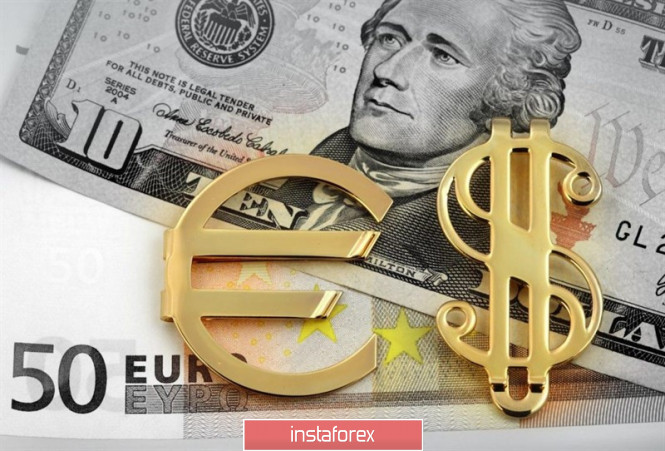
The euro began a new week on a positive note, primarily due to reports that the EU has agreed to provide Britain with a three-month deferral of Brexit.
After falling to local lows near 1.1070, the EUR/USD pair rebounded to 1.1090 and aimed for a key resistance level of 1.1100.
However, the potential for further recovery of the main currency pair seems limited due to the fact that the uncertainty surrounding the UK exit from the EU remains high, despite the extension of the Brexit deadline until January 31.
In addition, a regular meeting of the Federal Reserve will take place on Wednesday, the decision of which on monetary policy may put pressure on EUR/USD, since dovish expectations are already included in the quotes, and the regulator will have to try very hard to surprise the market with something else.
According to the results of the October meeting, the Fed is expected to lower the interest rate by another 25 basis points, to 1.5-1.75%.
The main intrigue is what the further plans of the US central bank are: will it pause in easing monetary policy or continue what it started.
In anticipation of the Fed meeting on October 30, data on US GDP will be released and, according to forecasts, they will demonstrate a slowdown in the US economy (from 2.0% in April – June to 1.6% in the third quarter). If this is true, then Donald Trump will receive another lever of pressure on Fed Chairman Jerome Powell and his colleagues. Earlier, the head of the White House called on the regulator to act more actively and reduce the interest rate to zero.
Among other releases of the current week that may affect the EUR/USD rate, one should pay attention to the reports on European GDP for the third quarter and inflation in the eurozone (October 31), as well as data on the US labor market and business activity in the USA from ISM (November 1).
According to a number of experts, even though the risks of UK exit from the EU without a deal have substantially decreased and the country will receive another deferral of Brexit, this can still negatively affect the single European currency, as a result of which the EUR/USD pair could update its October 1 low at 1.0880 in November.
It is expected that the inability of EUR/USD to break monthly highs in the region of 1.1180 will provoke a slight consolidation, and then fall to the area of 1.1040, below which the upward pressure on the pair will weaken, and it will first recede to 1.0920, and then to 1. 0879.
The signing of the "divorce" agreement between the United Kingdom and the EU, supported by the British Parliament, will push the main currency pair to 1.1350-1.1400.
The material has been provided by InstaForex Company - www.instaforex.com